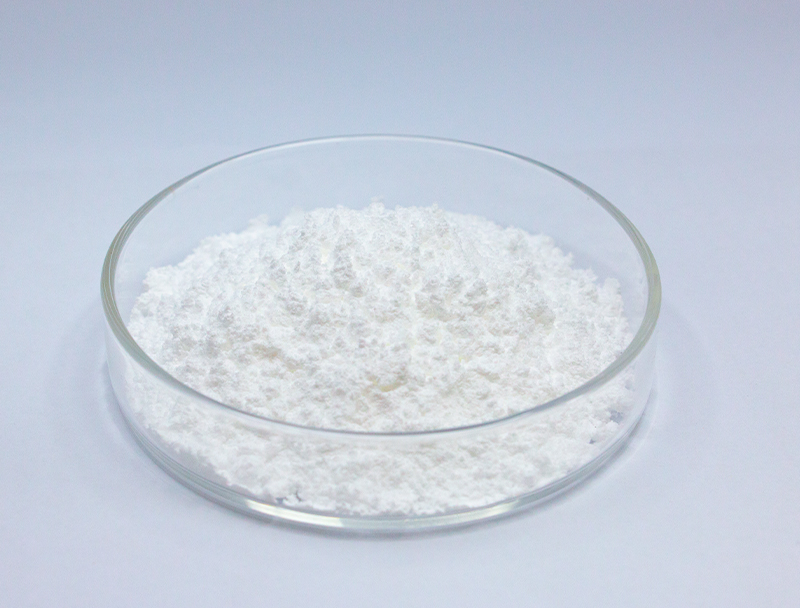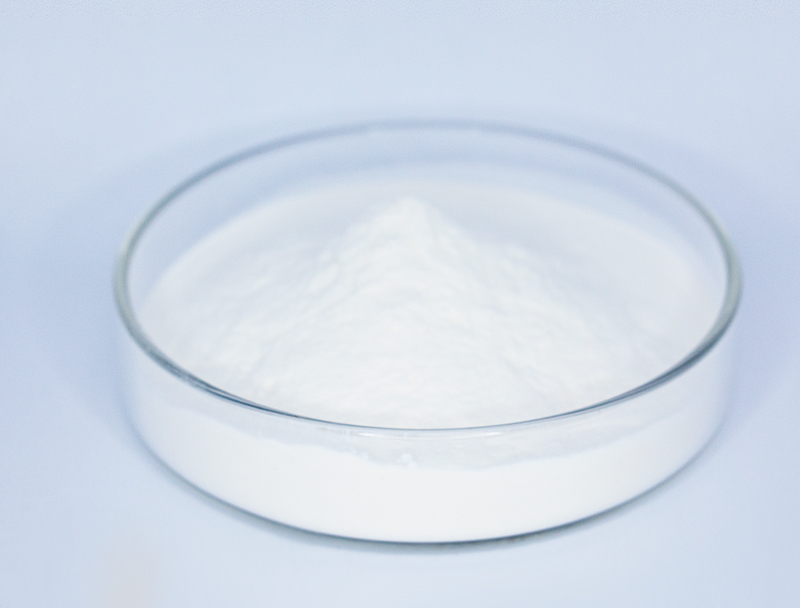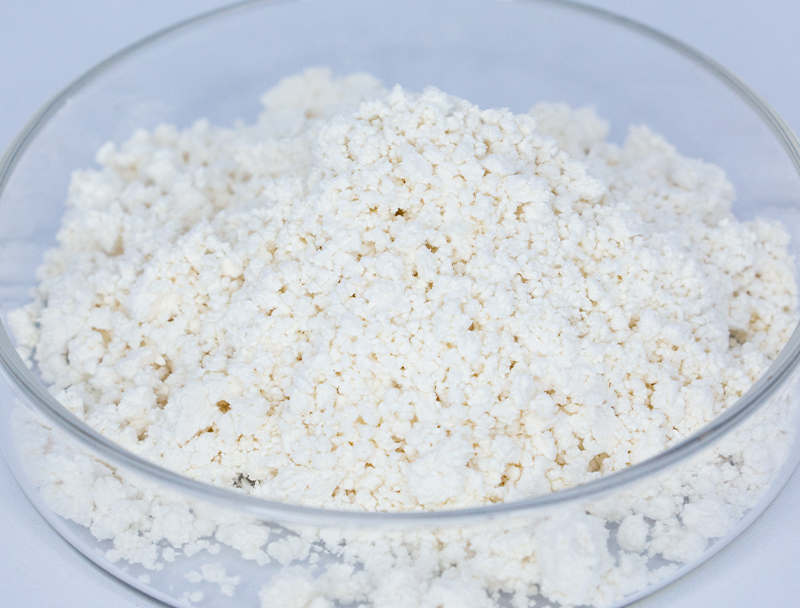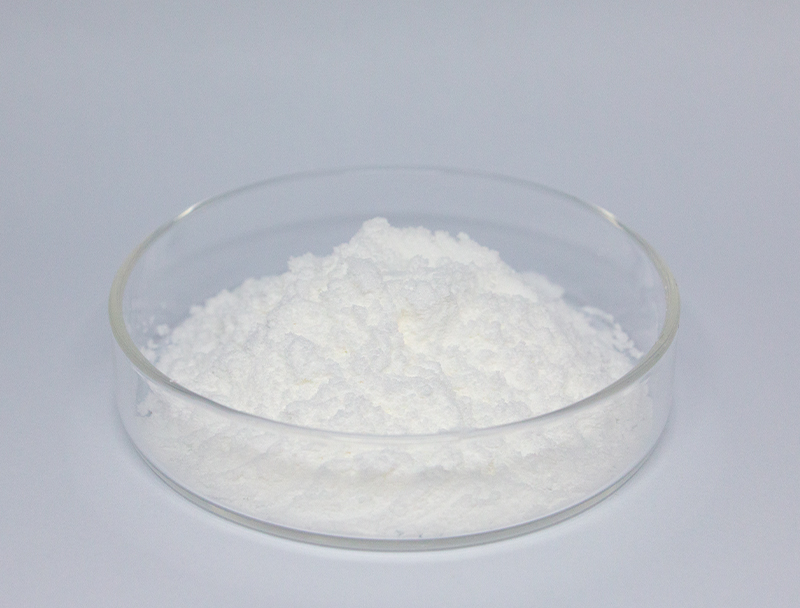
Advanced biosystems are built around a broad palette of input materials for generating cutting-edge biobased goods.
Preserving responsible procurement of such inputs is paramount for the long-term viability and ethical growth of the industry.
numerous problems stemming from established sourcing methods for instance pollution and systematic depletion of reserves. Therefore, producers should prioritize ethical sourcing models to curtail ecological damage.
- Instances of green procurement approaches are:
- Adopting organic-origin materials from crop remnants
- Adopting looped production models to decrease loss and amplify reuse
- Forging alliances with neighborhood suppliers supporting green sourcing
This shift towards sustainable raw material sourcing is not only environmentally beneficial but also economically viable in the long run.
Optimizing Biomass Feedstocks for Enhanced Biofuel Production
Raising biofuel yields involves refining feedstock structure and content. Engineers continually develop approaches to improve biomass suitability, delivering enhanced conversion and a more resilient energy mix. Tactics include molecular breeding to increase biomass and chemical or physical pretreatments to release sugars.
- Likewise, initiatives explore candidates such as algal biomass, process wastes, and agricultural leftovers to extend sustainable feedstock availability for fuels.
- As a result of relentless efforts the industry should deliver significant enhancements paving a path to sustainable energy.

Transformations in Upstream Biopharma Workflow Design
represents the initial stages of biopharmaceutical manufacturing, encompassing all steps from cell culture and cell harvesting Contemporary breakthroughs have refined protocols and elevated product throughput.
Key advancements include the utilization of novel cell lines, optimized culture media formulations, and intelligent bioreactor designs. These advances improve throughput while lowering both operational expenses and ecological footprints.
- Additionally, a shift to integrated continuous operations is providing enhanced flexibility and responsiveness in production.
- This move toward intelligent production systems is expected to reshape the industry and hasten drug development.

Gene Editing Breakthroughs That Elevate Biopharma Output
innovations in genome-editing toolsets have enhanced biopharmaceutical manufacturing. By accurate genomic tuning, developers enhance yields of critical biopharmaceuticals. The technique provides opportunities to manufacture economical, high-yield therapeutics for varied indications.
Biodegradation Strategies Using Targeted Microbial Cultures
advanced microbe-driven remediation methods to treat contaminated sites sustainably. Microbial species can metabolize and convert hazardous compounds into benign byproducts.. Using microbial biotechnology enables remediation strategies that balance effectiveness with ecological protection. Laboratories test microbial species for efficacy against metals, pesticide pollutants, and oil-related contamination. The microbes may be applied within engineered reactors or in situ to catalyze pollutant degradation via biotransformation..
Employing microbial strategies for remediation provides multiple benefits versus traditional techniques. This route is often more affordable and reduces the formation of toxic residues. In addition, microbial approaches enable pollutant-specific treatment without broad ecological disruption. The field of microbial biotechnology continues to advance rapidly, with ongoing research focused on improving the efficiency and effectiveness of bioremediation strategies.
Informatics-Driven Strategies for Drug Design
Computational tools have grown indispensable in the current drug discovery landscape. From identifying potential drug candidates to optimizing their efficacy and safety, bioinformatics enables a more efficient and data-driven approach.
- By analyzing vast datasets of genomic, proteomic, and clinical data, bioinformaticians can uncover novel drug targets and predict the activity of potential therapeutics.
- Moreover, bioinformatics contributes to drug design by simulating the interactions between drugs and their targets, ultimately leading to the development of more effective drugs.
- In summary, bioinformatics overhauls pharmaceutical R&D and quickens the path to safe therapeutics for patients.
Optimizing Metabolism to Increase Bioproduct Production
applies assorted techniques to boost microbial synthesis of valuable compounds. Programs use genetic redesign of metabolic networks, dynamic regulation of expression, and addition of heterologous genes to unlock new capabilities. By refining pathway flux and regulation engineers can significantly raise bioproduct production.
This comprehensive strategy could transform numerous sectors such as pharmaceuticals, farming, and renewable energy.

Upscaling Biopharma: Obstacles and Potential Gains
Industrial-scale production introduces demanding hurdles as well as strategic advantages. Preserving batch-to-batch quality when scaling up is a key challenge. Addressing it demands strong process governance, accurate real-time analytics, and advanced measurement systems.

Complexity in multi-step biomanufacturing operations presents ongoing operational challenges.. Refining processes for commercial volumes demands deep R&D investment and novel engineering solutions.. However, the potential rewards are substantial. Successful scaling up can lead to increased access of life-saving therapies, reduced production costs, and enhanced profitability.
Various efforts target the core issues of industrialization. Efforts include process-digitization tools, integrated analytics for monitoring, and fresh manufacturing paradigms.
- Product development and process R&D are pivotal to boosting production capabilities.
- Regulatory agencies are working to streamline approval processes for new manufacturing technologies, facilitating innovation in the field.
Exploring Approval Frameworks for Biopharmaceutical Safety and Effectiveness
Advancing biopharmaceuticals involves heavy regulatory scrutiny to secure product safety and proven efficacy. Living-source therapeutics present distinct obstacles in regulation and production relative to classical drugs.
Regulators such as the FDA and EMA define authorization pathways and quality standards for new biologic medicines..
Extensive evaluation procedures are essential across development phases, spanning preclinical work to post-market checks.. These steps 5-Aminolevulinic acid are designed to surface risks and verify that biopharmaceuticals comply with elevated safety thresholds..
Moreover, oversight agencies continually refine approaches to align with accelerating scientific progress in therapeutics.. Measures involve adopting innovative technologies and enabling development acceleration without compromising patient welfare.

Plant-Derived Inputs for Next-Gen Bioplastics
A stronger push for environmentally responsible materials is driving research into renewable options. Converting plant biomass into bioplastics offers a credible pathway to environmentally sound products. Plant-based biomass resources such as cornstarch, cellulose, sugarcane can be processed into biodegradable plastics that degrade naturally, minimizing the environmental impact of conventional plastics.
Also, many renewable bioplastics exhibit comparable mechanical and functional traits to conventional plastics across applications.. Ongoing studies and technology development are vital to exploit plant feedstocks for bioplastics and foster a circular economy.
Biotech's Role in Improving Global Health and Agricultural Resilience
Emerging biotechnologies deliver avenues to improve health outcomes and secure food resources. Via genetic modification, synthetic design, and therapeutic cell technologies, researchers build solutions to control infections, increase crop productivity, and enrich food quality.. One example is bioengineered crops that withstand pests and stressors, enabling higher yields with less pesticide input.. Also, biotechnological innovation fuels development of immunizations, antimicrobial treatments, and diagnostic platforms vital for disease control and population health.. Looking forward, continued biotech progress promises to deliver therapies and agricultural solutions that support health and sustainability worldwide.
